Ángel Romano
Ángel Romano is certainly one of the greatest legends in the history of football, with more than 40 trophies, he is one of the players with the most beautiful record of all time, he is also one of the best players in the history of the Copa America.
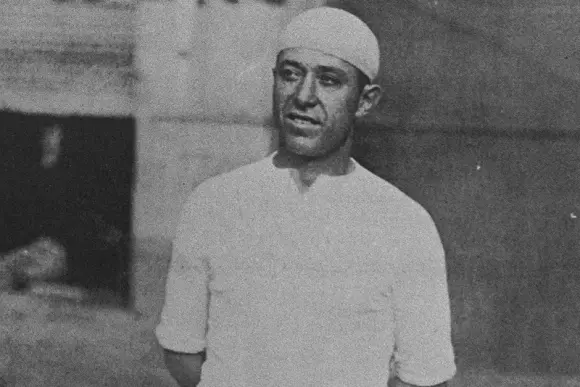
Trophies
Goals
Games
1910 Nacional (URU)
1911/13 CURCC (URU)
1913/14 Boca Juniors (ARG) 25 matches, 17 goals
1915/30 Nacional (URU) 388 matches, 164 goals
With the National Team :
69 caps, 28 goals
(Friendly matches: 25 caps, 7 goals)
(Copa America: 23 caps, 12 goals)
(Olympic Games: 5 caps, 3 goals)
(Copa Lipton: 9 caps, 2 goals)
(Copa Newton: 7 caps, 4 goals)
1st cap: August 15, 1911 against Argentina (2-0)
Last cap: July 14, 1927 against Argentina (0-1)
Argentina
unofficial: 2 caps
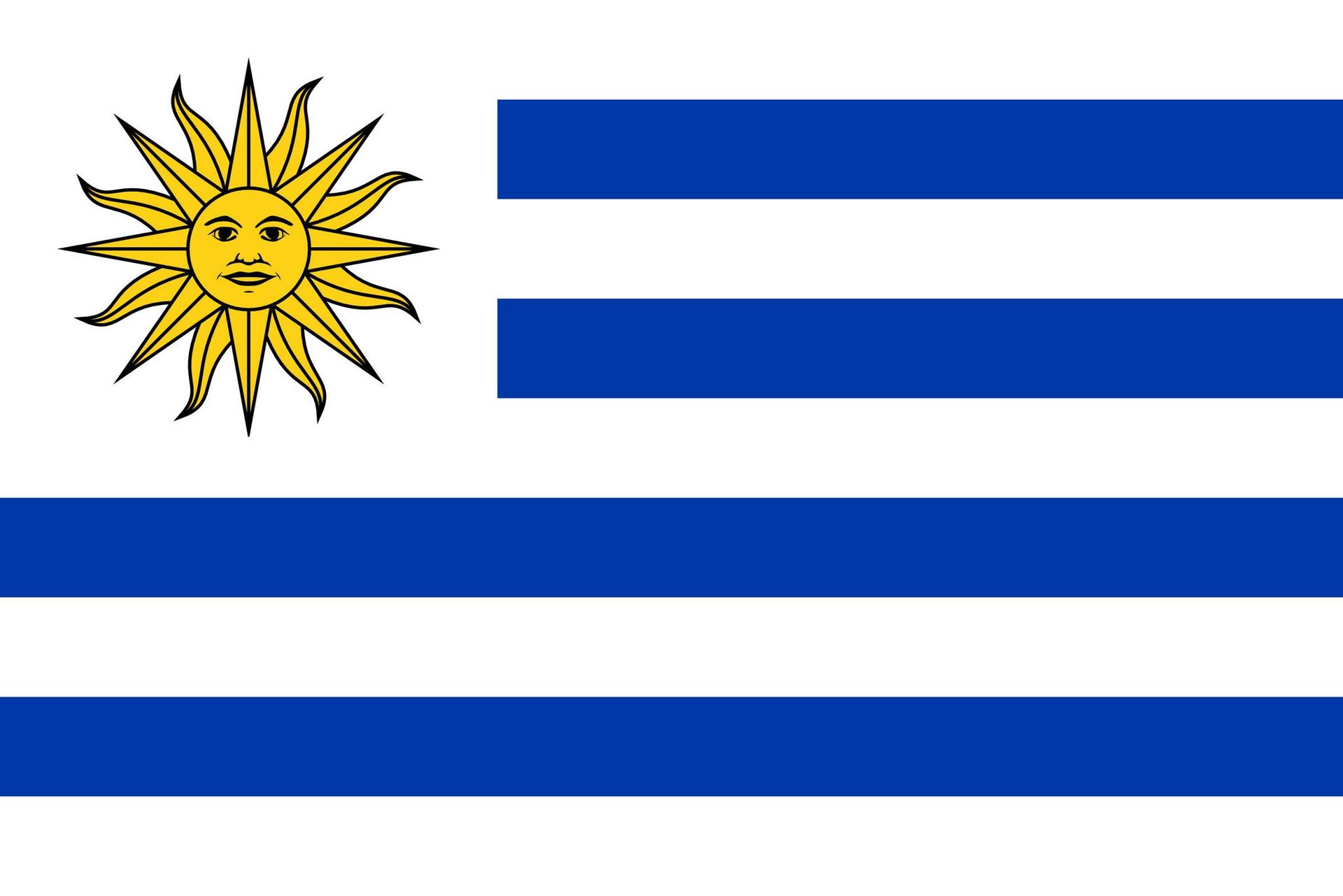
Alfredo Ángel Romano
Born August 2, 1893 in Montevideo (URU)
Died August 22, 1972 in Montevideo (URU)
Uruguayan, inside-left, striker, left-winger, defender, central-midfielder, goalkeeper
Nicknames: "El Loco","El Rey del Campeonato South American"
A prodigy who is already breaking records
Ángel Romano was born on August 2, 1893 in Montevideo, Uruguay, he mostly played as a striker, although he also played as a defender, midfielder and sometimes goalkeeper. His favorite position was inside left, a position in which he created fantastic plays, dribbled with skill, passed with mastery, defined with enormous composure and unbalanced by his great speed. His footballer nickname was El Loco.
When he was a child, his parents moved from the suburb of La Mondiola to a house near the Parque Central Stadium, where Nacional Montevideo usually played. It was when he was a child that he joined this club and became friends with the other future Uruguayan international: Pascual Somma.
His first match in the first team was in 1910, when he was only 17 years old. It was against the Central team that he made his debut and scored a hat-trick, a performance that would not leave anyone unmoved. Unfortunately for him, the adventure with the Nacional in the first team was short-lived since he disagreed with the club's management. He then joined the Central Uruguay Railway Cricket Club (CURCC), under the name of Club Atlético Peñarol until 1913.
In this club, he won his first trophies and became one of the major players in the Uruguayan selection, which he joined and played for the first time in 1911, on August 15, against Argentina, a 2-0 victory for Uruguay. Ángel Romano was then only 18 years old and established himself as one of the leaders of the team.
Romano played at CURCC between 1911 and 1912 before joining Boca Juniors and a superb offer. This transfer will be the first international transfer on the South American continent. A first record for the Uruguayan player who will not stop there.
Angel Romano, in the best club of his era
Once in Argentina, he played alongside another Uruguayan, Carlos Scarone, and Argentine players in the national team such as Abbatángelo, Pedro Calomino or Taggino. He stayed at Boca Juniors for a season and a half and played 25 games for 17 goals, a great success. His first game was in the Copa de Honor against Rosario, where he scored a goal.
He returned to Uruguay in 1915, back to Nacional Montevideo where he definitively established himself as a major element of the starting team. During the following decade, he and other great bastions of the team, such as Pablo Dacal, Alfredo Foglino, Santos Urdinarán, the Scarone brothers, Carlos and Héctor, Alfredo Zibechi, his friend Pascual Somma, Andrés Mazali or Pedro Petrone, achieved a fantastic hegemony in Uruguayan football that was transformed into numerous trophies. They won eight league championships in 1915, 1916, 1917, 1919, 1920, 1922, 1923 and 1924. Teams like Peñarol, Universal, Montevideo Wanderers or Rampla Juniors could barely cope with them.
The popularity of the Uruguayan club was so great that it would participate in the longest and most successful tour of Europe in the history of football.
The popularity of the tricolor club crossed borders and in 1925 it made a long and successful tour of Europe. Romano, who already wore his inimitable white beret due to hair loss, was accompanied by his compatriots Andrade, Héctor Castro, Héctor Scarone, Cea, Nasazzi and Petrone on an expedition through nine countries that lasted 153 days. They played a total of 38 games with the best of the old continent, including teams such as F.C. Barcelona, Genoa, Sporting de Portugal and Sparta Prague or the national teams of Belgium, France, Austria or Switzerland. The tour was a success: 26 wins and five losses (twice for Europe and a Catalan team in Spain, Sparta Prague and the Belgian national team), although Romano was not very successful in front of goal and scored only one goal.
A legend of his club
Back in Uruguay, the club lost momentum and moved away from the top spots in the championship. A few months later, the club went on a second tour, this time to North America. They went through the United States, Mexico and Cuba and played 21 games. The record was 15 wins, two draws and four losses, against Newark and the teams from Boston and Chicago and the Asturian Youth of Cuba.
El Loco continued to wear the Nacional jersey until 1930, when he decided to retire at the age of 37. He left a record of 388 games and 164 goals that still keeps him among the top scorers in the history of the club, along with Atilio Garcia, Héctor Scarone and Julio César Morales.
A brilliant debut in the national team
In addition to a great career with Nacional Montevideo, Ángel Romano would have one of the most beautiful international careers in history. In total, he would play 69 times for the Uruguayan national team (a record until 1970). He would also score 28 goals, which made him the team's top scorer before Scarone overtook him at the 1928 Olympic Games.
During his 16-year career with the national team, he won an impressive number of titles with Uruguay, a total of 21 international titles, a record! He won 6 Copa Americas, including the 1924 Olympic Games in Paris.
Until 1916, all his matches with Uruguay were against the Albiceleste (Argentina). In these games he scored three more goals for his statistics, but if there is an important one, it is the one achieved in August 1912 in the 3-0 victory that gave them the Copa Premier Honor Uruguayo.
In 1916 the first Copa America in history took place, Romano was logically called by the coach of the time: Alfredo Foglino, famous defender of the Uruguayan national team who was then player-coach for his country. A starter in the first two games against Chile and Brazil, which Uriguay resolved without problems, he missed the clash that decided the trophy against Argentina. It was a match that had to be suspended after five minutes and that continued the next day at the Racing stadium. After 90 minutes, the scoreboard did not move and Uruguay won the historic title in a team where, in addition to El Loco, there were Gradín, Piendibene, Saporiti or Somma. At that time, the Copa America was in the format of a micro-championship between countries.
In 1917, the Copa America was held again, this time in Uruguay. This Copa America would be Romano's, who finished top scorer in the competition with 4 goals. Uruguay crushed the Chileans and the Brazilians 4-0 thanks to braces from El Loco. In front of 40,000 passionate fans in the stands of Parque Pereira, Uruguay beat Argentina to retain their title.
A long career in the national team
In 1919 he participated again in the Copa America, however, on this occasion, the Uruguayans were unable to lift the trophy for the third time. In the key match, Brazil and Uruguay drew 2-2 in Laranjeiras (Brazil) and a play-off had to be played three days later. In this duel, Romano appeared in Severino Castillo's eleven, but a fantastic goal from Friedenreich gave Brazil the victory.
In 1920 he participated again in a Copa America and once again finished top scorer in the competition with 3 goals. Uruguay won its fourth Copa America in its history. Despite a defeat against the Albiceleste on the first day, they overwhelmed Brazil with two goals from the Nacional striker in the second. In the third match, in Viña del Mar, Chile, Romano opened the victory against the home team in a match that ended 1-2.
In the 1921 and 1922 editions, Uruguay only finished in 3rd place in the competitions. El Loco had a good competition in 1921, where he scored twice against Brazil. But in 1922, he did not score despite starting in all 4 matches of the tournament. Uruguay and Romano lifted the trophy again in 1923, but Romano, under coach De Lucca, was not an undisputed starter in the team.
The last trophies and international retirement
The year 1924 was undoubtedly one of the most important years in Romano's career, who in May won the Paris Olympic Games. The Uruguayan team included legends of the sport such as Andrés Mazali, José Nasazzi, Leandro Andrade, Pedro Cea, Héctor Scarone and Pedro Petrone. Ernesto Fígoli, a fan of the player, made him one of the important men in this success. In the first two rounds, the Uruguayans crushed the Yugoslavs and the Americans to challenge the hosts in the quarter-finals. France, led by Nicolás or Dubly, was no match and after winning 1-5 in Colombes, qualified for the semi-finals. There, the Netherlands gave them a hard time, but with a goal from Scarone, they reached the final. Switzerland was not a tough opponent either and with goals from Petrone, Cea and Romano, they won the gold medal.
Three months later, Uruguay hosted the best teams in South America for the Copa America. Chile and Paraguay were the first to succumb, in two games in which Romano scored a goal in each, and on the last day, the goalless draw against the Albiceleste allowed them to complete a magnificent Olympic Games and Copa America double.
He retired from international football on July 14, 1927, with a 0-1 defeat against Argentina at the Parque Central in Montevideo, which allowed him to win the Newton Cup that year. Romano died early in the morning of August 22, 1972 in the Uruguayan capital at the age of 79.
Trophies :
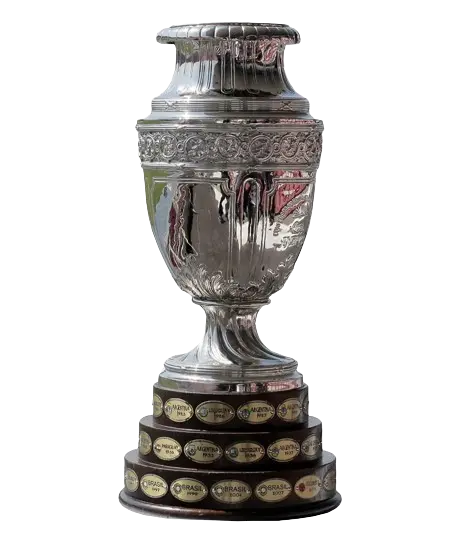
Copa America x6
- 1916 (Uruguay)
- 1917 (Uruguay)
- 1920 (Uruguay)
- 1923 (Uruguay)
- 1924 (Uruguay)
- 1926 (Uruguay)

Finalist Copa America x1
- 1919 (Uruguay)

3rd at Copa America x2
- 1921 (Uruguay)
- 1922 (Uruguay)
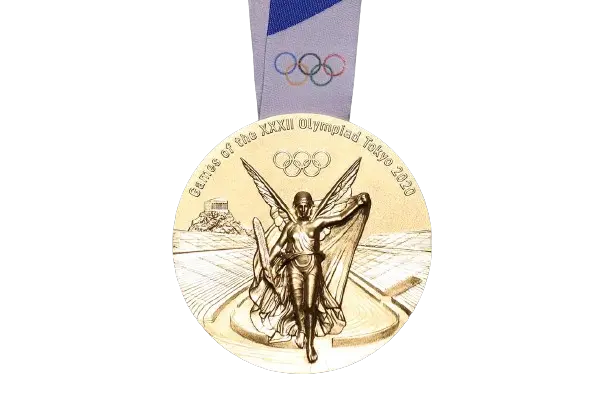
Olympic Games Gold Medal x1
- 1924 (Uruguay)
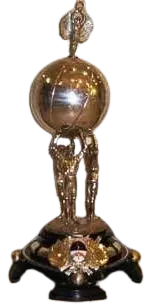
Copa Lipton x5
- 1911 (Uruguay)
- 1912 (Uruguay)
- 1919 (Uruguay)
- 1922 (Uruguay)
- 1923 (Uruguay)

Finalist Copa Lipton x4
- 1915 (Uruguay)
- 1916 (Uruguay)
- 1917 (Uruguay)
- 1918 (Uruguay)
Copa Newton x4
- 1912 (Uruguay)
- 1917 (Uruguay)
- 1919 (Uruguay)
- 1920 (Uruguay)
Finalist Copa Newton x3
- 1911 (Uruguay)
- 1918 (Uruguay)
- 1927 (Uruguay)
Finalist Copa Premier Honor Argentino x4
- 1911 (Uruguay)
- 1918 (Uruguay)
- 1919 (Uruguay)
- 1920 (Uruguay)
Copa Premier Honor Uruguayo x5
- 1911 (Uruguay)
- 1912 (Uruguay)
- 1918 (Uruguay)
- 1919 (Uruguay)
- 1920 (Uruguay)
Finalist Copa Premier Honor Uruguayo x2
- 1916 (Uruguay)
- 1923 (Uruguay)
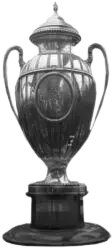
Copa Aldao x3
- 1916 (Nacional Montevideo)
- 1919 (Nacional Montevideo)
- 1920 (Nacional Montevideo)

Finalist Copa Aldao x1
- 1917 (Nacional Montevideo)
Copa de Honor Cousenier x4
- 1911 (CURCC)
- 1915 (Nacional Montevideo)
- 1916 (Nacional Montevideo)
- 1917 (Nacional Montevideo)
Cup Tie Competition x1
- 1915 (Nacional Montevideo)
Finalist Cup Tie Competition x1
- 1919 (Nacional Montevideo)
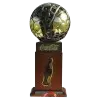
Uruguay Amateur League x9
- 1911 (CURCC)
- 1915 (Nacional Montevideo)
- 1916 (Nacional Montevideo)
- 1917 (Nacional Montevideo)
- 1919 (Nacional Montevideo)
- 1920 (Nacional Montevideo)
- 1922 (Nacional Montevideo)
- 1923 (Nacional Montevideo)
- 1924 (Nacional Montevideo)

Vice-Champion Uruguay Amateur League x3
- 1918 (Nacional Montevideo)
- 1921 (Nacional Montevideo)
- 1929 (Nacional Montevideo)
Copa de Honor x4
- 1911 (CURCC)
- 1915 (Nacional Montevideo)
- 1916 (Nacional Montevideo)
- 1917 (Nacional Montevideo)
Copa de Competencia x4
- 1915 (Nacional Montevideo)
- 1919 (Nacional Montevideo)
- 1921 (Nacional Montevideo)
- 1923 (Nacional Montevideo)